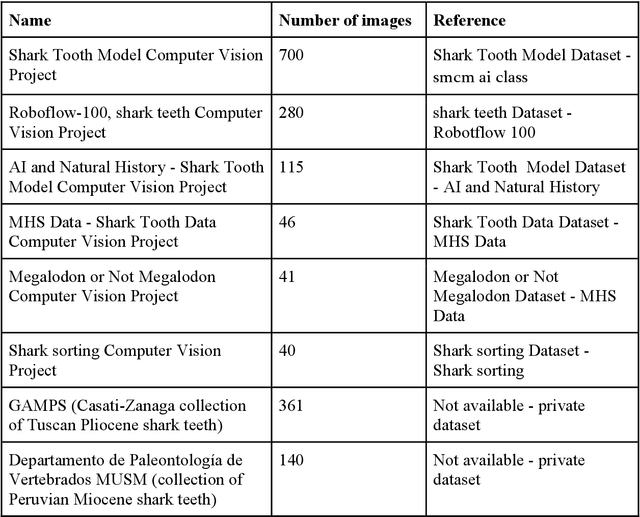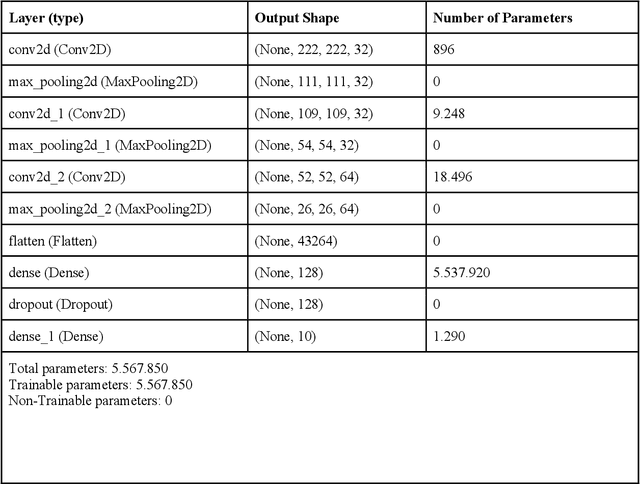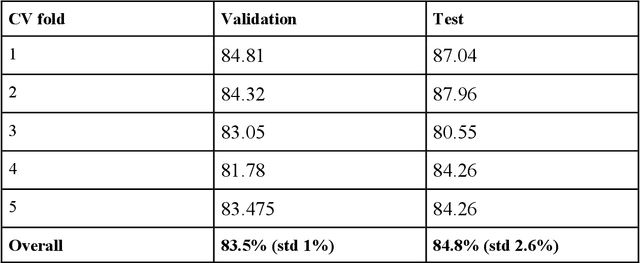Artificial Intelligence-powered fossil shark tooth identification: Unleashing the potential of Convolutional Neural Networks
Paper and Code
May 07, 2024



All fields of knowledge are being impacted by Artificial Intelligence. In particular, the Deep Learning paradigm enables the development of data analysis tools that support subject matter experts in a variety of sectors, from physics up to the recognition of ancient languages. Palaeontology is now observing this trend as well. This study explores the capability of Convolutional Neural Networks (CNNs), a particular class of Deep Learning algorithms specifically crafted for computer vision tasks, to classify images of isolated fossil shark teeth gathered from online datasets as well as from the authors$'$ experience on Peruvian Miocene and Italian Pliocene fossil assemblages. The shark taxa that are included in the final, composite dataset (which consists of more than one thousand images) are representative of both extinct and extant genera, namely, Carcharhinus, Carcharias, Carcharocles, Chlamydoselachus, Cosmopolitodus, Galeocerdo, Hemipristis, Notorynchus, Prionace and Squatina. We developed a CNN, named SharkNet-X, specifically tailored on our recognition task, reaching a 5-fold cross validated mean accuracy of 0.85 to identify images containing a single shark tooth. Furthermore, we elaborated a visualization of the features extracted from images using the last dense layer of the CNN, achieved through the application of the clustering technique t-SNE. In addition, in order to understand and explain the behaviour of the CNN while giving a paleontological point of view on the results, we introduced the explainability method SHAP. To the best of our knowledge, this is the first instance in which this method is applied to the field of palaeontology. The main goal of this work is to showcase how Deep Learning techniques can aid in identifying isolated fossil shark teeth, paving the way for developing new information tools for automating the recognition and classification of fossils.
 Add to Chrome
Add to Chrome Add to Firefox
Add to Firefox Add to Edge
Add to Edge